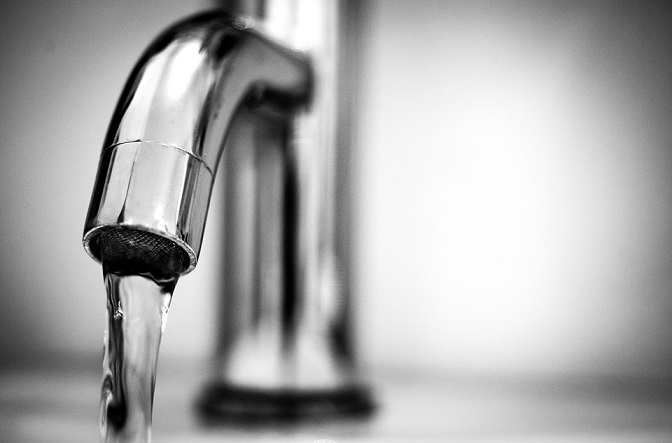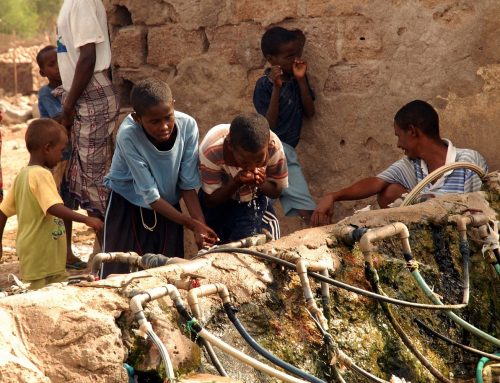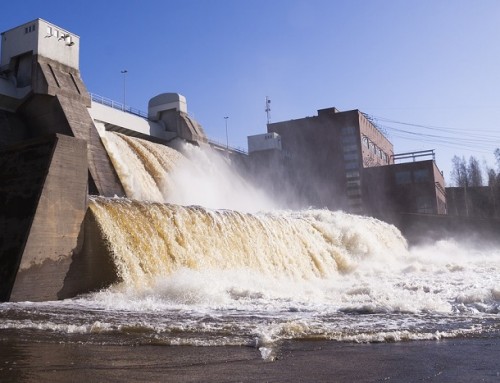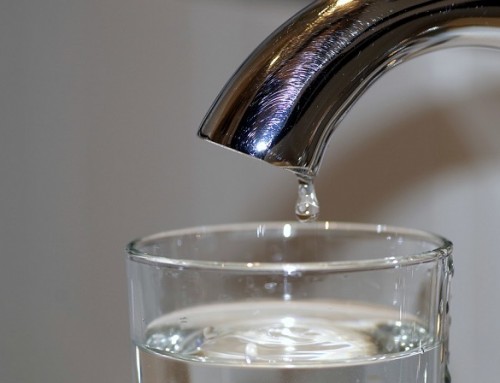With Cape Town continuing to hold its recovery status nearing the end of 2020, there are large parts of South Africa that, unfortunately, are suffering the consequences.
As a result, many industries in the country are affected negatively. It is caused by several factors, including drought, population growth, the volatile climate, aging infrastructure, and pollution. If water usage continues at the rate it’s currently being consumed, the water supply required for these industries to operate as they have to or to support the economy will be exceeded.
What Needs to Be Done to Prevent a Water Crisis?
The problem that most countries in Africa have is poor management of water supply and a lack of proper water infrastructure throughout a country. That’s what the case is here. South Africa’s aging infrastructure paired with its increase in water scarcity plays a big role in the problem at hand, all of which needs to be addressed. If the infrastructure is not improved before 2025, South Africa will experience a water crisis, preferably in rural communities and in the Gauteng CBD area.
Since public infrastructure has a big effect on achieving growth in the economy, it will also affect the country’s economy, which has already been negatively affected by the coronavirus pandemic in 2020.
Apart from South Africa, there is also a global demand for water in many other countries. Instead of looking at the country’s water laws, there should be a bigger focus on the management of water, maintenance of infrastructure, and taking what we’ve learned from history, especially the Fourth Industrial Revolution to create and implement treatment technologies for proper remediation.
Where South Africa and so many other countries fall short is that they rely on the excuse that unpredictable weather causes the water crisis in the country, which here and in so many other countries, is not the case.






